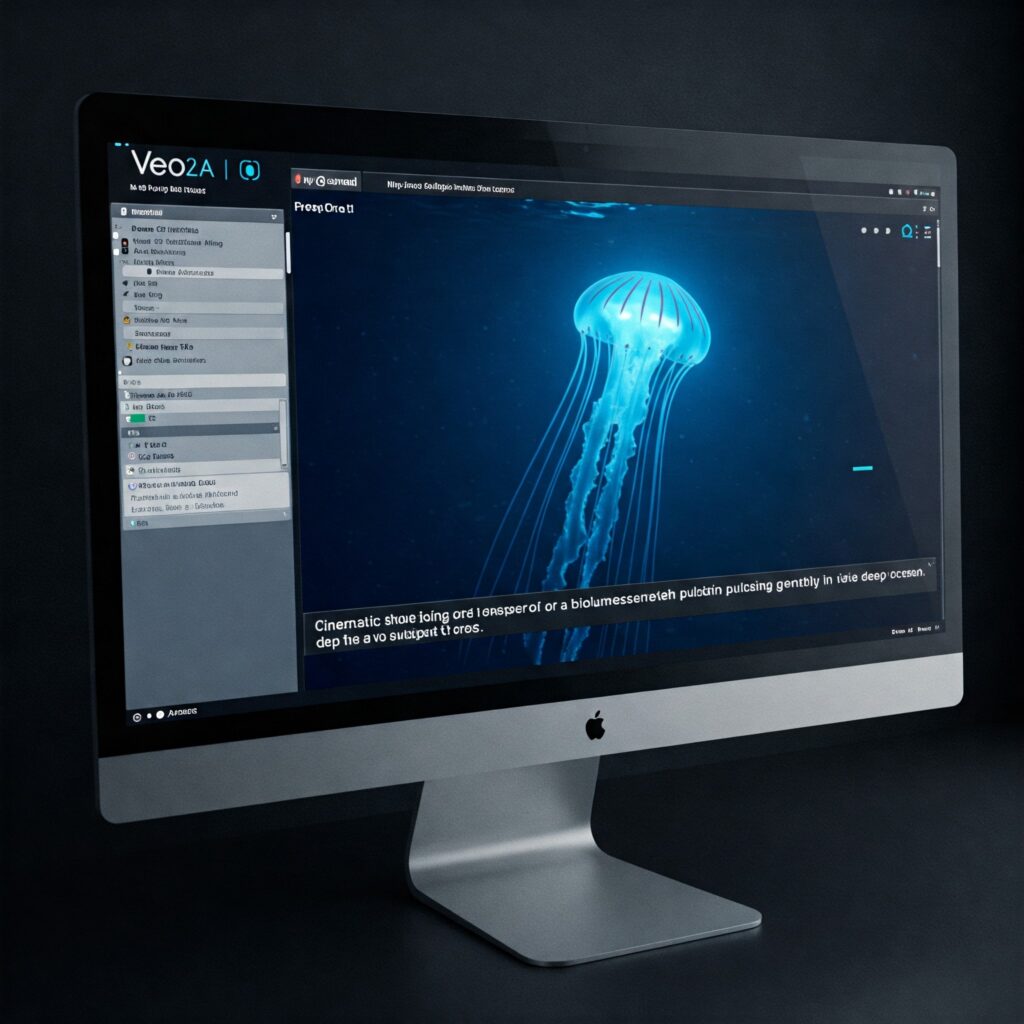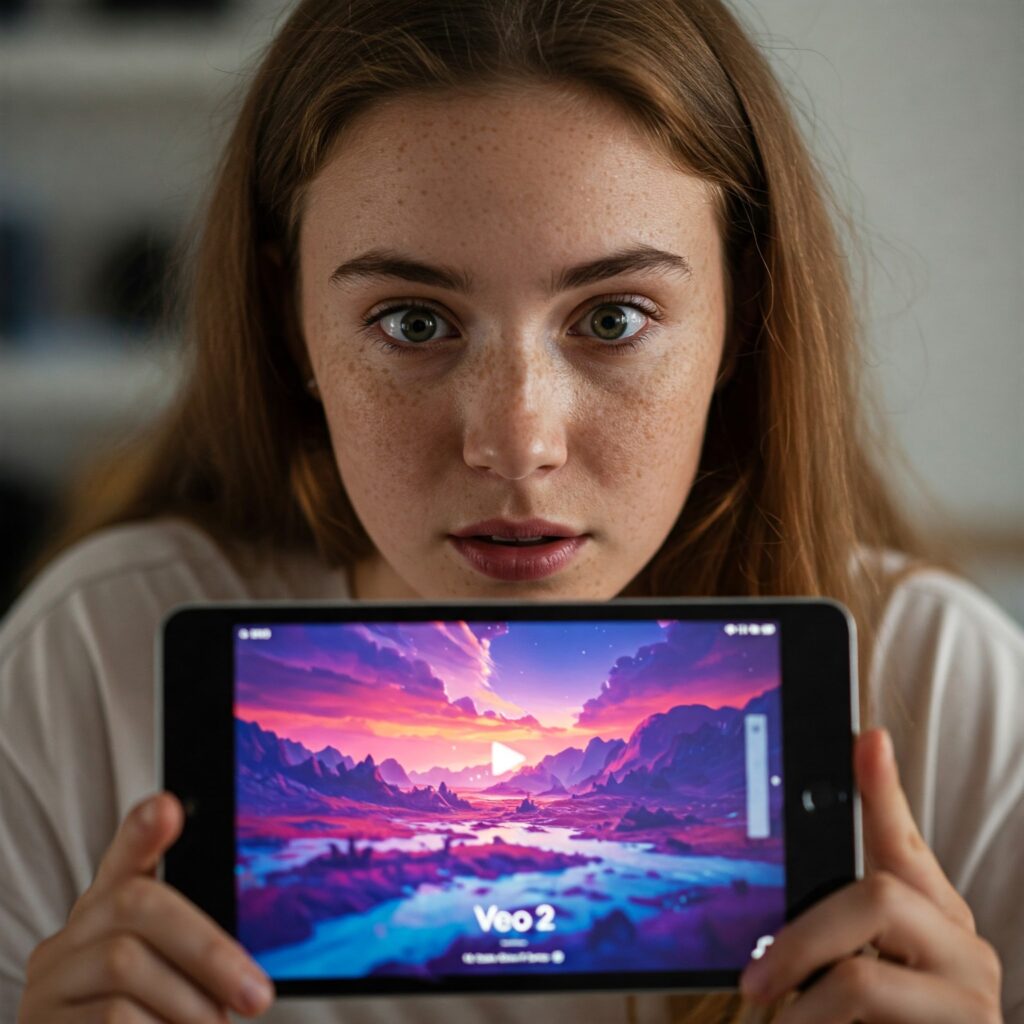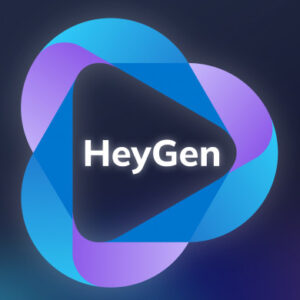Beyond the silicon marvel, Google Cloud Next event also introduced Agent2Agent (A2A), an open protocol designed to be a universal language for intelligent agents to communicate and collaborate across different ecosystems. Complementing this are the AI Development Kit (ADK) and Agentspace, providing developers with a comprehensive toolkit to build, operate, and manage sophisticated AI agents. The Google Cloud Next event was a hotbed of AI innovation, with significant updates to foundational models like Veo 2, Imagen 3, and Chirp 3.
The introduction of Lyria, a text-to-music model, and the consolidation of these capabilities within Vertex AI, now the only platform spanning video, image, speech, and music generation, further solidify Google’s AI ambitions. Adding to the excitement, the highly cost-effective Gemini 2.5 Flash is slated to arrive on Vertex AI soon.
Here I am going to introduce Google’s Veo 2 AI video generation tool.
Enter the Frame: An Introduction to Google’s Veo 2 AI Video Generator
The landscape of artificial intelligence is evolving at breakneck speed, constantly introducing tools that reshape creative boundaries. While AI image generation has captured significant attention, the next frontier is undeniably video. Stepping into this dynamic space is Google’s Veo 2, a sophisticated AI model designed to transform text descriptions and static images into high-quality, dynamic video content. Often searched for as “Veo2 ai,” this tool represents Google’s most advanced effort yet in the realm of AI-powered video creation.The Generative AI Context: From Images to Motion
The appetite for generative AI tools is undeniable. Platforms like Ideogram AI have gained substantial popularity, particularly noted for their impressive ability to accurately render text within images – a feature often challenging for AI. Ideogram’s success, driven by features like its “Magic Prompt” helper and appeal to designers, marketers, and content creators needing text-heavy visuals, highlights the market’s readiness for powerful, accessible AI creative tools. As image generation matures, the focus naturally shifts to the more complex challenge of generating coherent and believable motion, setting the stage for models like Veo 2.Unveiling Veo 2’s Capabilities
Veo 2 stands out with its promise of generating high-definition video (with accessible versions typically outputting 720p, though the model aims for up to 4K) that maintains consistency and realism over time. Key features include:- Text-to-Video & Image-to-Video: Create videos from detailed written descriptions or bring static images to life with animation.
- Cinematic Understanding: Veo 2 interprets prompts specifying camera shots (like “timelapse,” “aerial shot,” “panning”), lighting styles, and visual effects, offering greater creative control.
- Coherence and Realism: Designed to understand real-world physics and maintain the consistency of objects and subjects across frames, minimizing the unnatural “morphing” seen in earlier models.
- Extended Duration: While initial access points (like via Gemini) generate clips around 8 seconds long, the underlying model is built to create videos lasting a minute or more.
- Style Versatility: Capable of producing video in various styles, from photorealistic to specific artistic aesthetics.
- Responsible AI: Generated videos are watermarked using SynthID technology to clearly identify them as AI-created. Safety filters are also integrated.
Under the Hood: The Technology
Veo 2 leverages Google’s extensive research in generative models, likely building upon sophisticated architectures like diffusion models and transformers, similar to those powering models like Imagen and Gemini. The process involves encoding the input prompt (text or image), using a latent diffusion process to efficiently generate the core video data in a compressed form, and then decoding this into the final pixel-level video output. The key challenge, which Veo 2 aims to tackle, is generating plausible motion and maintaining consistency frame after frame.Veo 2’s Edge: Quality and Nuance
Its strongest strength lies in the combination of generating high-fidelity, coherent video while understanding nuanced prompts, including specific cinematic language and realistic physics. This allows creators to achieve more predictable and professional-looking results directly from their descriptions.Who Uses Veo 2?
Initially tested by select creators and filmmakers, Veo 2 is now becoming more accessible. Its users include:- Creative Professionals & Studios: Utilizing platforms like Vertex AI for high-end marketing, film pre-visualization, or content production (e.g., L’Oréal).
- Individual Creators & Enthusiasts: Accessing the tool via subscriptions like Gemini Advanced for social media content, brainstorming, or personal projects.
- Marketers & Businesses: Creating engaging video assets for campaigns quickly and efficiently.
Getting Started: Your First AI Video using Veo 2
Using Veo 2 doesn’t require prior video editing experience. For beginners, the process typically involves:- Accessing Veo 2 through a platform like Gemini Advanced or potentially Google Labs’ VideoFX.
- Writing a detailed text prompt describing the desired scene, subject, actions, style, and any camera movements.
- Optionally providing a starting image for image-to-video generation.
- Adjusting basic settings if available (like aspect ratio – 16:9 landscape or 9:16 portrait).
- Generating the video (usually delivered as an MP4 file).15 The key skill shifts from technical editing to effective prompt crafting.
- Gemini Advanced: Veo 2 is available globally to Gemini Advanced subscribers (part of the Google One AI Premium plan, typically around $20/month). Users must be 18+. Sign up via the Google One website or Gemini interface.
- Vertex AI: For enterprise use, access is via Google Cloud, priced per second of generated video (around $0.50/second). Requires a Google Cloud account.
- VideoFX (Google Labs): This experimental platform was an early access point. Availability may vary, potentially requiring joining a waitlist via the Google Labs website.








Reviews
There are no reviews yet.